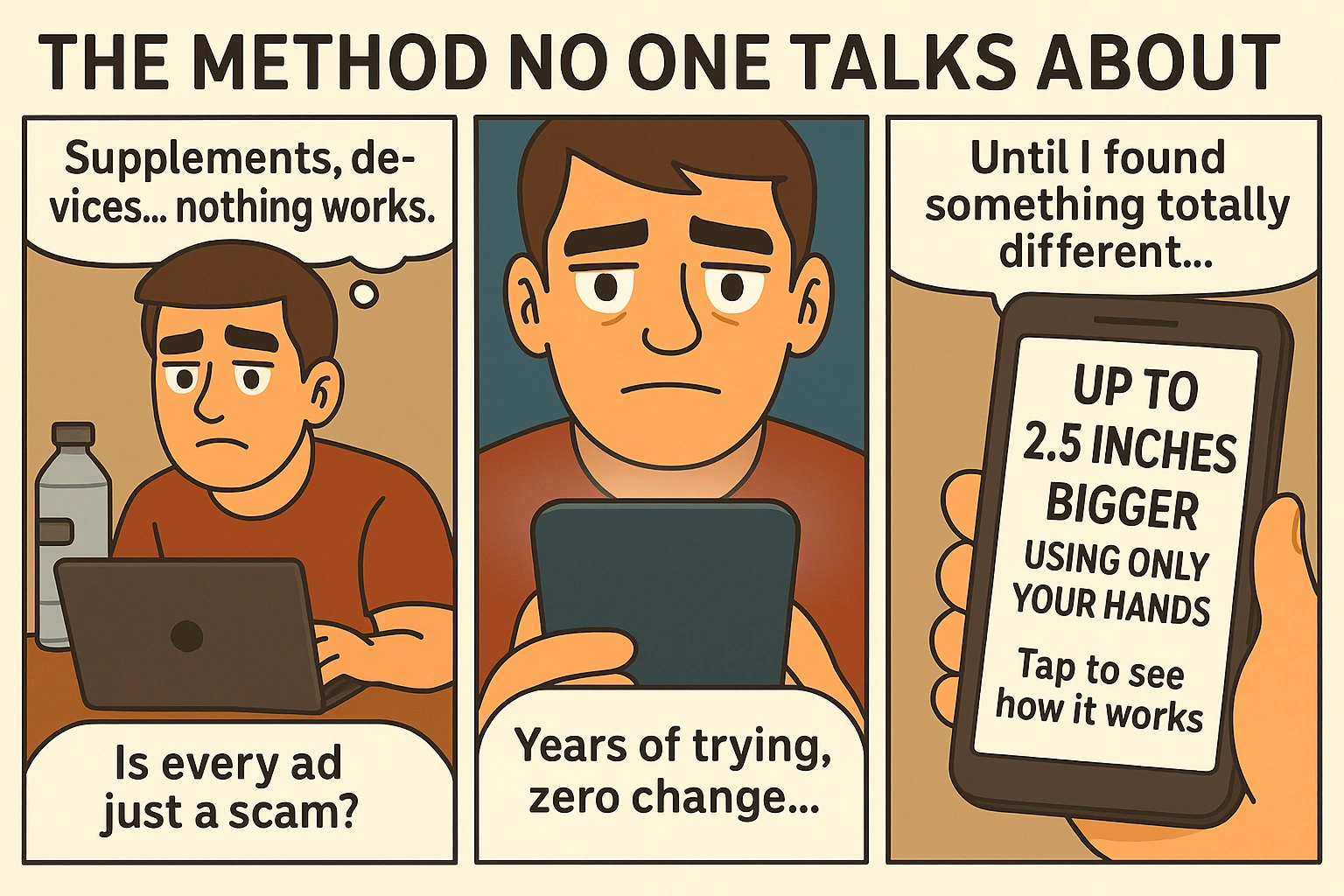The Real Reason You Wake Up Hard — And Why It’s a Good Sign
For many men, waking up with a morning erection, also known as “morning wood,” is a common and natural occurrence. Although it may seem like a random event, there is more to this phenomenon than meets the eye. Morning wood can be an indicator of several vital aspects of male health, including hormone levels, blood circulation, and overall well-being. In this article, we will explore why morning wood matters, its significance, and the science behind it.
What is Morning Wood?
Morning wood, scientifically referred to as nocturnal penile tumescence (NPT), is a spontaneous erection that occurs during sleep. This phenomenon typically happens during the REM (Rapid Eye Movement) phase of sleep, although it may happen at other times throughout the night. The occurrence of morning wood is not usually linked to sexual arousal or dreams; rather, it is a physiological response of the body to various factors, such as hormonal fluctuations and increased blood flow to the penis …
It is important to note that morning wood is not an indicator of sexual desire or fantasies. Instead, it serves as a natural process that is tied to the body’s internal mechanisms, especially during sleep. Healthy men usually experience morning wood regularly, while the frequency and intensity may vary depending on age, health, and lifestyle factors.
Why Morning Wood is Important
1. Hormonal Health and Testosterone Levels
One of the most significant reasons why morning wood matters is its relationship to testosterone levels. Testosterone is the primary male sex hormone, and its production is closely tied to the occurrence of morning wood. Testosterone is produced in higher quantities during the early morning hours, which is when morning wood is most likely to occur. The presence of morning wood is often a sign that testosterone levels are optimal and functioning well.
Testosterone plays a crucial role in many bodily functions, including sexual function, muscle mass, energy levels, and mood regulation. Regular morning wood suggests that testosterone is being produced in the correct amounts, contributing to a healthy, active lifestyle. A decrease in morning wood may indicate a drop in testosterone levels, which is a common issue as men age. Low testosterone can lead to symptoms such as fatigue, reduced libido, and even mood swings.
2. Blood Flow and Circulatory Health
Another critical factor related to morning wood is blood flow. The occurrence of spontaneous erections is largely due to increased blood circulation to the penis during sleep. The body’s circulatory system is responsible for delivering oxygen-rich blood to all parts of the body, including the reproductive organs. Morning wood serves as an indicator that the circulatory system is functioning properly and that blood vessels are responding well to increased blood flow.
Maintaining healthy blood circulation is essential for good erectile function and overall health. Regular morning wood indicates that the blood vessels are flexible, allowing for adequate blood flow to the penis when needed. Poor circulation, on the other hand, can lead to erectile dysfunction (ED), a condition where men struggle to achieve or maintain an erection. The absence of morning wood may be a warning sign of poor circulatory health, which should be addressed with the help of a healthcare provider.
3. Sleep and Its Impact on Health
The occurrence of morning wood is also closely linked to the quality of sleep. REM sleep, in particular, plays a key role in the body’s ability to generate spontaneous erections. During REM sleep, the brain becomes highly active, sending signals to the body that relax the muscles and increase blood flow to various areas, including the penis. This process leads to the occurrence of morning wood.
Getting a good night’s sleep is essential for hormone production, recovery, and overall health. Sleep disorders, such as insomnia or sleep apnea, can disrupt the body’s natural rhythm and reduce the frequency of morning wood. Individuals who experience poor sleep may notice a decline in morning erections. Maintaining a consistent sleep schedule and creating a restful environment is key to optimizing hormonal and sexual health.
4. Psychological Factors and Stress
While morning wood is primarily a physiological response, psychological factors can also play a role. Stress, anxiety, and emotional well-being can all influence the frequency of morning wood. High levels of stress can cause the body to release cortisol, a hormone that can interfere with testosterone production and circulation. Chronic stress can reduce the occurrence of morning wood, as it negatively affects the body’s natural rhythms.
Managing stress through relaxation techniques, such as meditation, yoga, or mindfulness, can help improve overall health and restore the natural occurrence of morning wood. Reducing psychological stress helps the body maintain a healthy balance of hormones and supports healthy circulation, all of which contribute to the occurrence of morning wood.
What Happens If Morning Wood Stops?
If you notice a sudden or consistent decline in morning wood, it could be a sign that something is wrong with your health. The absence of morning wood may indicate hormonal imbalances, poor circulation, stress, or sleep disturbances. If the issue persists, it’s essential to speak with a healthcare provider to determine the underlying cause.
As men age, the frequency of morning wood may naturally decrease, but a drastic reduction or complete absence could point to a medical issue. Erectile dysfunction (ED) is one potential cause, as it involves the inability to achieve or maintain an erection during sexual activity. However, ED can also manifest in the absence of morning wood, making it essential to seek professional help if this occurs.
How to Improve Morning Wood
1. Exercise Regularly
Regular physical activity can help improve circulation, increase testosterone levels, and reduce stress. Cardiovascular exercises like running, swimming, and cycling promote healthy blood flow, while strength training increases testosterone production. Exercise is an essential factor in improving the frequency and quality of morning wood.
2. Improve Sleep Quality
Sleep is crucial for hormone production and overall well-being. Ensure that you are getting 7-9 hours of quality sleep each night. Create a sleep-friendly environment by reducing noise, limiting screen time, and establishing a regular bedtime routine.
3. Eat a Healthy Diet
A balanced diet rich in nutrients such as zinc, vitamin D, and omega-3 fatty acids supports healthy testosterone levels and circulation. Foods like leafy greens, nuts, and fatty fish help boost male sexual health and improve the occurrence of morning wood.
4. Manage Stress
Reducing stress is essential for maintaining a healthy balance of hormones and blood flow. Engage in stress-relieving activities such as yoga, meditation, or deep breathing to help manage anxiety and improve your overall health.
Conclusion
Morning wood is not just a random event—it is a vital indicator of your overall health. It reflects testosterone levels, circulatory health, sleep quality, and emotional well-being. Maintaining a healthy lifestyle through regular exercise, good sleep, and stress management can help ensure that you continue to experience healthy morning wood. If you notice a decline in morning wood, it may be a sign that something needs to be addressed in your health, and seeking guidance from a healthcare provider is a wise next step.
Want to take your results to the next level? Discover effective strategies, guides, and products for male enhancement at SupremePenis.com.









